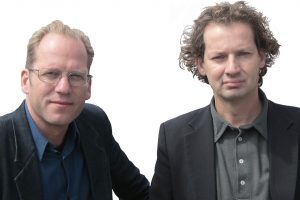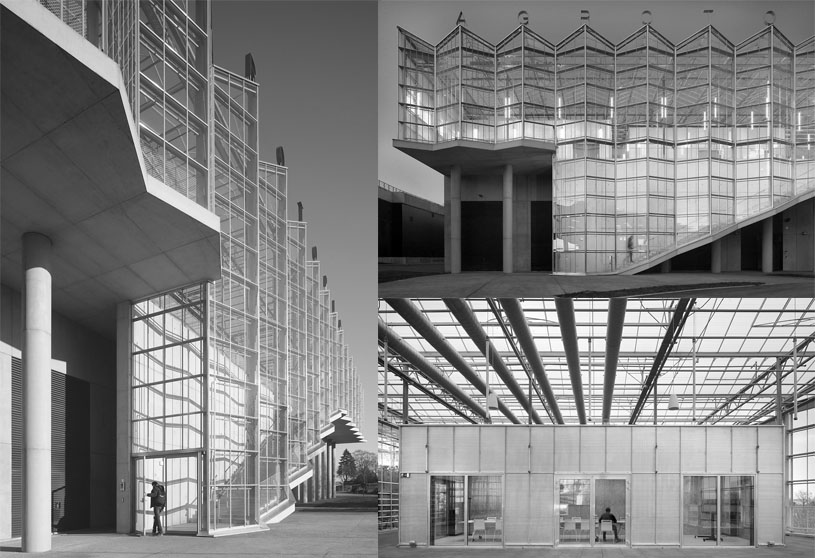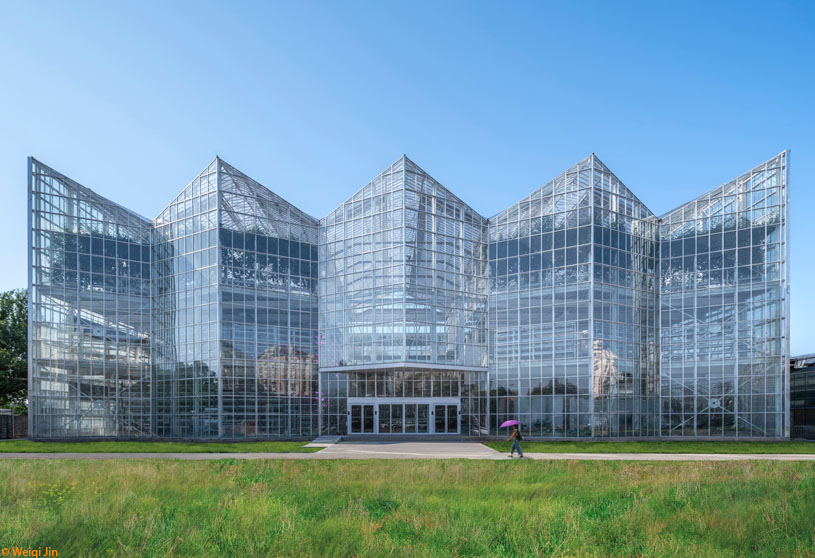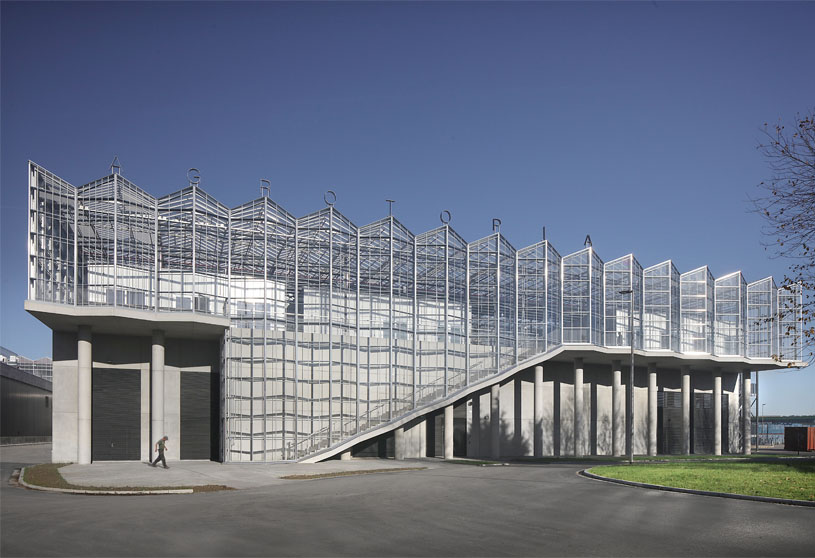(“Text as taken from the website”)
 Jago van Bergen
Jago van Bergen
Evert Kolpa
Practice Ideology
Van Bergen Kolpa Architects is organized around its best-developed capacity: designing and realizing architectural projects on the basis of solid research. In the studio, a compact, enthusiastic team of university/academy trained specialists works under the leadership of two architects/directors.
The firm’s special area of interest is large-scale, complex projects. Over the years, we have accumulated working experience with a broad team of external advisors who support the firm in its design activities. In implementing our designs, for example, we normally carry out the detailing and production together with a firm of building engineering specialists. This approach means we can concentrate on our core activity, designing the built fabric, so that on each project we can seek the specific enrichment and expertise that accords best with the client’s vision.
Since its establishment in 2000, our firm has been growing steadily. This was one of the reasons we moved to new premises in the centre of Rotterdam. The new studio is located in the Coloniahouse. The building has been specifically designed for building-related and architecture-related companies.
Jago van Bergen and Evert Kolpa are orientated towards designing and realizing buildings, developing scenarios and doing research. The projects run a gamut of scales: from buildings to interior design, from landscape to process and to ecology design. All projects can be identified by strong concepts, based on wide research translated into clear spatial designs.
The focus of the working method is the formation of a balance – a natural equilibrium – between programme, landscape and natural resources. The balance is a dynamic system like a natural scaleless ecology, which can connect different spatial conditions and programs. In this way the seeming contradictions between design brief, technology and context can be used in an inventive and positive way. The spatial translation of these processes generates new typologies for the city, buildings or landscape. This makes the imaginative power of architecture, in an era marked by intensive space utilization and by environmental challenges, of great importance and highly relevant for the future.




